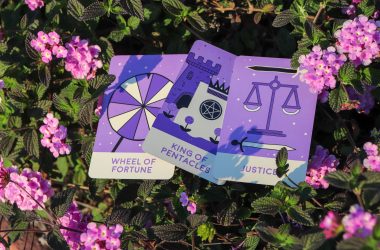It’s good to be the king, or at the very least, a kingmaker. Thanks to the growing power of the Internet, conspiracy theorists worldwide enjoy spreading ideas of the illuminati.
Speculative theories need not apply to the notorious Yale University-based student group called “Skull and Bones.” The group is a bona-fide machine that specializes in the production of future influential leaders.
Ironically, the untouchable secret society has recently been slapped with a lawsuit by the descendents of a historically marginalized group in the U.S., led by international activist and renowned attorney Ramsey Clark.
The 100th anniversary of the death of one of the most famous Native Americans in U.S. history, Geronimo, was marked when his great-grandson filed a claim in Washington, D.C. last month demanding his ancestor’s remains.
The suit was filed on behalf of the great Chiricahua Apache war chief’s heirs, who hope to reclaim the legendary warrior’s — whose real name is Goyathlay, or “One who yawns” — missing skull and other remains.
The controversy surrounding the tale of Geronimo’s skull has reached mythical proportions of conspiracy and chicanery due to the man allegedly involved in the heist.
According to Skull and Bones tradition, during World War I, Prescott S. Bush — father of George H.W. Bush and grandfather to George W. Bush — exhumed Geronimo’s body from the grave with a few other drunken “bonesmen,” making off with his skull, two bones and a few other funerary items.
The artifacts were then reportedly put on display at the Skull and Bones compound the “Tomb,” which is not on university grounds, in New Haven, Conn.
According to author Alexandra Robbins, whose book “Secrecy of the Tomb” details the group’s clandestine activities, “There is a skull encased in a glass display when you walk in the door of the Tomb, and they call it Geronimo.”
The Native American Graves Protection and Repatriation Act, passed in 1990, prohibits such thefts from Native Americans. According to their website, NAGPRA provides a process for museums and Federal agencies to return certain Native American cultural items like human remains, funerary objects and sacred objects to lineal descendants or affiliated tribes.
Geronimo’s 61-year-old great-grandson Harlyn Geronimo told the New York Times, “I believe strongly from my heart that his spirit was never released.”
Is the Yale-based secret society above federal law? Conspiracy theorists would argue emphatically that they are, citing the powerful positions they hold in our country.
Besides the many bonesmen who have become business tycoons, Supreme Court justices and upper-class elites, the group has produced three U.S. presidents. In fact, during the 2000 election, the presidential battle between Bush II and John Kerry marked the first time in history that two bonesmen had run against each other for office.
Just the mere thought of two men hailing from the same secret society at Yale running against each other for the most powerful job on the planet is a bit chilling.
Attorney Clark is essentially going up against a group that is considered American royalty. Whether the skull truly sits in the Tomb or not — and we have to presume it does because of the uncontested legends — Geronimo and his descendents will receive their day in court.
Hanif Zarrabi is a Middle Eastern graduate student and a columnist for the Daily Forty-Niner.



